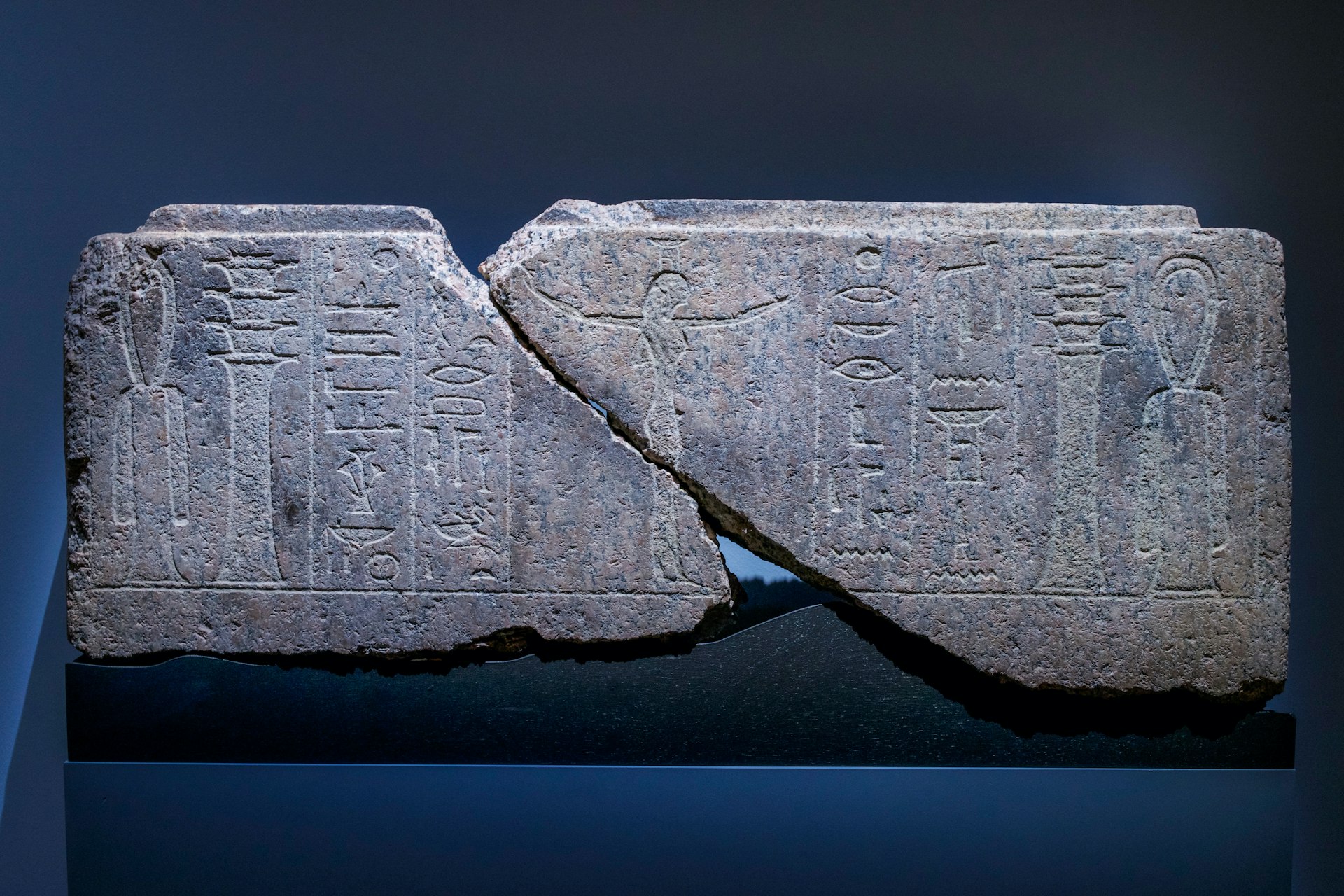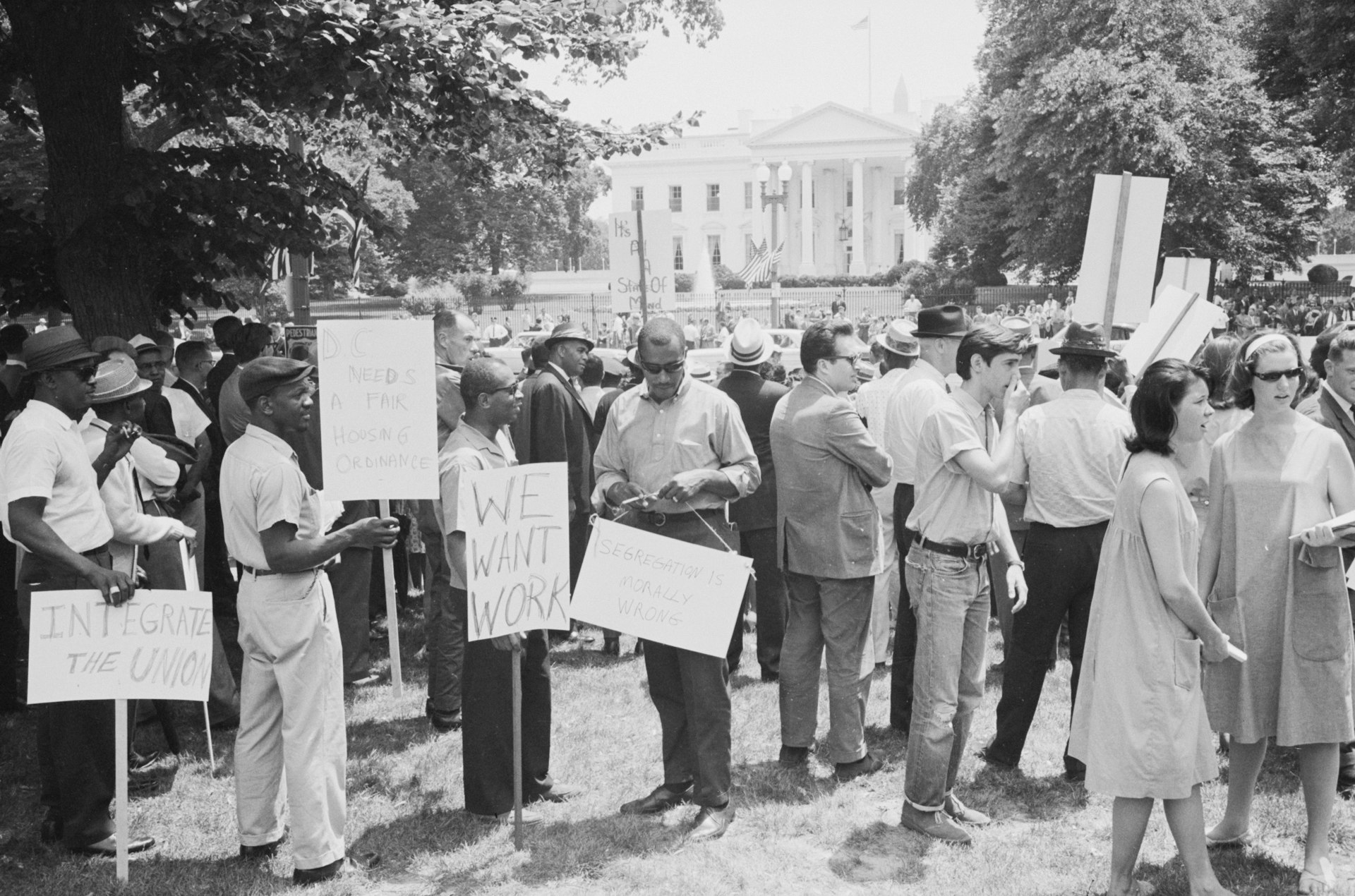How Slow Fashion Influencers Are Transforming Social Media in 2025

Photo by Kristina Petrick on Unsplash
Introduction: The Rise of Slow Fashion Influencers
In recent years, the fashion landscape has shifted dramatically as consumers and brands reconsider the impact of fast fashion. Slow fashion influencers on social media are at the forefront of this change, using platforms like Instagram, TikTok, and YouTube to educate, inspire, and mobilize audiences toward ethical consumption and sustainable practices. These creators not only showcase stylish alternatives but also provide actionable guidance for adopting a more responsible approach to fashion. [1]
Who Are Slow Fashion Influencers?
Slow fashion influencers are content creators who focus on promoting mindful consumption, ethical brands, and the deeper issues underpinning fashion sustainability. They offer more than outfit inspiration-they unravel topics like textile waste, garment worker rights, supply chain transparency, and the psychological drivers of overconsumption. Their mission is to empower followers to make informed choices and support businesses that prioritize people and the planet. [1] [2]
Top Slow Fashion Influencers to Follow in 2025
Several leaders in the slow fashion movement have built large, engaged audiences by sharing their personal journeys and industry insights:
- Aditi Mayer : An activist combining style with substance, Aditi spotlights ethical supply chains and social justice issues. Her content goes beyond fashion to discuss the cultural significance of traditional textiles and the true cost of clothing production. [1]
- Alyssa Beltempo : Alyssa teaches followers to “shop their closets,” re-style existing pieces, and invest in long-lasting garments. Her YouTube channel is filled with tutorials, outfit formulas, and discussions on fashion psychology. [2]
- Fran (Ethical Unicorn) : Fran tackles systemic issues with data-driven posts about eco-feminism, labor ethics, and anti-capitalist living. She invites critical thinking and pushes conversations beyond the surface. [2]
- Kristy Drutman (@browngirl_green) : Kristy merges sustainability with pop culture, highlighting BIPOC-owned ethical brands and using fashion as a vehicle for climate communication. [2]
- Venetia La Manna : Known for her “fair fashion” advocacy, Venetia campaigns for transparency and slow fashion principles across her vibrant social channels. [4]
- Heidi Kaluza (@the_rogue_essentials) : Once a fast fashion insider, Heidi now champions slow fashion by encouraging followers to appreciate and utilize what they already own, fostering a mindset shift from consumption to intentional use. [5]
How Influencers Create Real Impact
Slow fashion influencers drive change by:
- Educating Audiences : Through posts, videos, and live events, influencers break down complex topics-such as the environmental impact of fast fashion, or the importance of supporting garment workers. [1]
- Promoting Brand Transparency : Many collaborate with brands that share their values, but only after verifying ethical practices. This builds trust and encourages brands to improve their standards. [2]
- Fostering Community Engagement : Platforms like The Sustainable Fashion Forum (SFF), founded by Brittany Sierra, create interactive spaces for discussion, resource sharing, and collective action. [5]
- Championing Diversity : Influencers spotlight BIPOC-led initiatives and encourage inclusivity in sustainable fashion conversations. [2]
Practical Steps to Engage with Slow Fashion Influencers
Consumers, brands, and aspiring advocates can participate in the slow fashion movement through several approaches:
- Follow Verified Influencers : Search platforms like Instagram, TikTok, and YouTube for accounts focused on slow fashion (e.g., @aditimayer, @alyssabeltempo, @venetialamanna). Check influencer lists published by reputable sites and media outlets. [4]
- Participate in Community Forums : Join organizations such as The Sustainable Fashion Forum by searching for “Sustainable Fashion Forum” on social media or visiting their official website for resources and upcoming events. [5]
- Educate Yourself : Many influencers offer free resources, guides, and video tutorials on shopping intentionally, repairing garments, and understanding fashion’s global impact. [2]
- Collaborate Responsibly : Brands seeking to work with slow fashion influencers should verify their ethical credentials and offer partnership proposals that align with sustainability goals. Influencer databases and agency platforms can help facilitate these connections. [1]
- Share and Support Content : Amplify slow fashion messages by sharing posts, commenting thoughtfully, and joining advocacy campaigns. Use hashtags like #slowfashion, #sustainablefashion, and #ethicalfashion to connect with wider movements.
Challenges and Solutions in Slow Fashion Advocacy
Slow fashion influencers face unique obstacles:

Photo by Jon Tyson on Unsplash
- Combating Misinformation : Not all brands labeled “sustainable” meet rigorous ethical standards. Influencers help followers identify greenwashing and encourage critical analysis. [1]
- Balancing Growth with Authenticity : As influencers gain followers, maintaining genuine engagement and resisting commercial pressures is essential. Many prioritize transparency, sharing both successes and challenges. [2]
- Addressing Accessibility : Sustainable fashion can be perceived as expensive or exclusive. Influencers like Alyssa Beltempo show how to style existing wardrobes and thrift smartly, making slow fashion accessible to broader audiences. [2]
Alternative Approaches to Engaging with Slow Fashion
For those unable to access influencer-led communities or events, alternative pathways include:
- Utilizing Local Resources : Seek out community clothing swaps, local repair services, and workshops at neighborhood centers. Search “slow fashion events near me” to discover opportunities.
- Exploring Thrift and Upcycling : Learn from influencer tutorials on upcycling and thrifting, available on YouTube and Instagram.
- Advocating in Your Network : Share what you learn with friends and family, encouraging intentional fashion choices within your circles.
Step-by-Step Guide: Getting Started with Slow Fashion via Social Media
- Identify Your Values : Consider which aspects of slow fashion matter most-ethical labor, environmental impact, or supporting local artisans.
- Follow Credible Influencers : Look for verified profiles and cross-reference with influencer lists from established media outlets. [4]
- Engage with Content : Comment, share, and participate in online discussions. Many influencers offer Q&A sessions and live events.
- Apply Learnings : Implement practical tips, such as repairing clothes, shopping secondhand, and investing in quality over quantity.
- Spread Awareness : Use your own social channels to highlight slow fashion principles and encourage others to join the movement.
Key Takeaways
Slow fashion influencers on social media are catalyzing a shift toward more thoughtful, ethical, and sustainable fashion choices. By following, engaging, and learning from these advocates, individuals and brands can contribute to a more equitable industry. Whether you’re a consumer, content creator, or business professional, participating in the slow fashion movement is possible through verified resources, community engagement, and ongoing education.
References
- [1] Influencity (2025). Top Sustainability Influencers Driving Change in 2025.
- [2] Amra & Elma (2025). 25 Top Sustainable Fashion Influencers in 2025.
- [3] Stack Influence (2025). Top 10 Fashion Influencers to Follow in 2025.
- [4] Feedspot (2025). Top 100 Sustainable Fashion Influencers in 2025.
- [5] The Roundup (2025). 24 Leading Sustainable Fashion Activists to Follow in 2025.



